If your oven is acting up, you don’t have to panic. Most issues are caused by a few easy‑to‑check parts, and you can often fix them yourself before calling an expert.
The first thing to check is whether the oven is actually getting power. Look at the circuit breaker – a tripped breaker is a common culprit. If the breaker is fine, move on to the oven’s fuse or thermal cut‑out; these protect the oven from overheating and can blow out if something goes wrong.
Next, think about the heating element. In electric ovens, a broken or burnt‑out element is the most frequent reason for a cold oven. You’ll see visible cracks or a dark spot on the coil. For gas ovens, a faulty igniter or a clogged burner can stop the flame from lighting.
The thermostat or temperature sensor is another suspect. If the sensor is dirty or fails, the oven may think it’s already at the set temperature and won’t turn on the heat. A simple test with a multimeter can tell you if the sensor is still functional.
Don’t forget the door latch or switch. Modern ovens won’t heat if the door isn’t properly sealed – it’s a safety feature to keep heat inside. Make sure the latch clicks into place and that the switch isn’t stuck.
1. Reset the breaker and check the fuse: Turn off the oven, flip the breaker back on, and see if the oven powers up. If you have a fuse, replace it with the same rating.
2. Inspect and replace the heating element: Disconnect the oven from power, remove the element screws, and pull it out. Test it with a multimeter – no continuity means it’s dead. Swap in a new element that matches your oven’s model.
3. Clean the burner or igniter (gas ovens): Remove the burner cap and clean any food or debris. If the igniter is cracked or doesn’t glow, replace it – they’re inexpensive and easy to install.
4. Test the thermostat or sensor: Remove the sensor, check it with a multimeter for resistance. If the reading is off, order a replacement. While you’re at it, give the sensor a quick wipe to clear any grime.
5. Check the door latch and switch: Open the door and look for a small button or lever that gets pressed when the door closes. Press it manually – you should hear a click and the oven should start heating.
If after all these checks the oven still won’t heat, the problem may be deeper – a faulty control board or wiring issue. Those parts need a qualified technician because they involve live electricity and can be dangerous to handle.
Before you call a pro, make a quick list of what you’ve tested. It helps the technician diagnose the issue faster and can even save you money if the fix is something simple you already tried.
Remember, safety first: always unplug the oven or switch off the circuit before opening any panels. If you ever feel unsure, it’s better to stop and call a professional.
With these steps, most oven hiccups can be solved at home. A little patience and the right tools go a long way toward getting your oven back to baking, roasting, and broiling like it should.
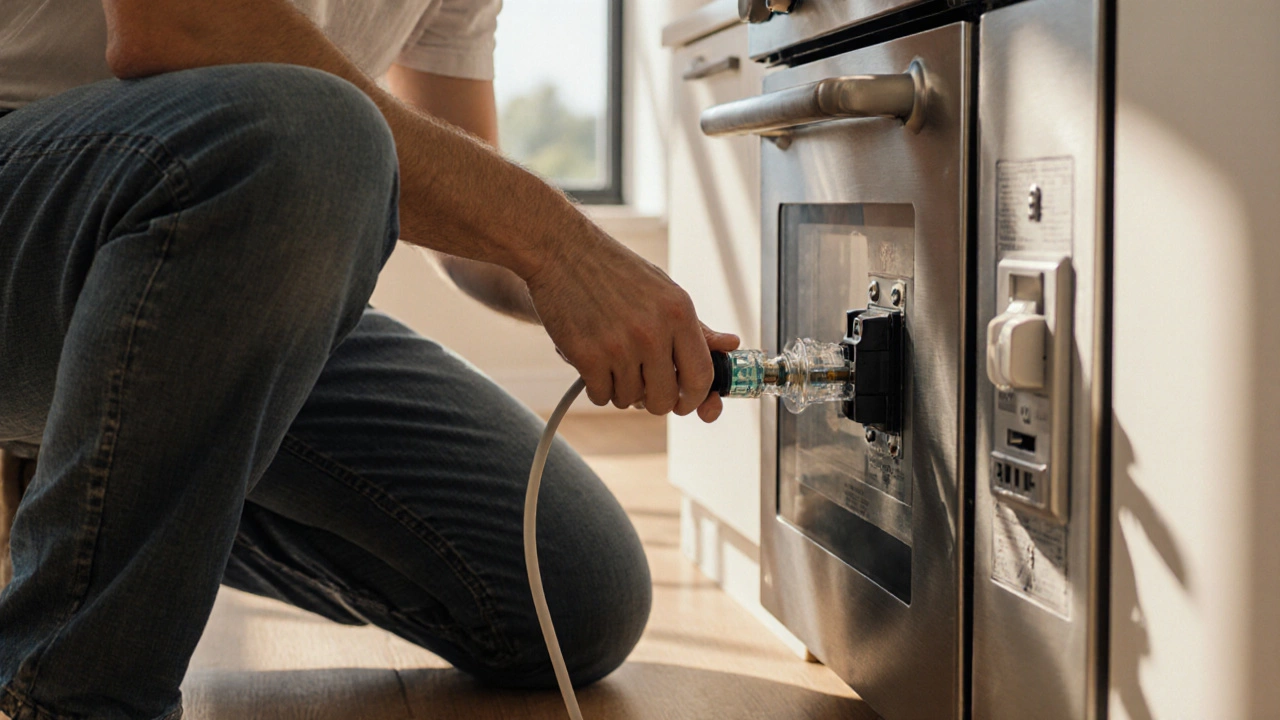
Learn why your electric oven suddenly stopped working, diagnose power, element, thermostat or safety fuse issues, and decide when to DIY or call a repair professional.
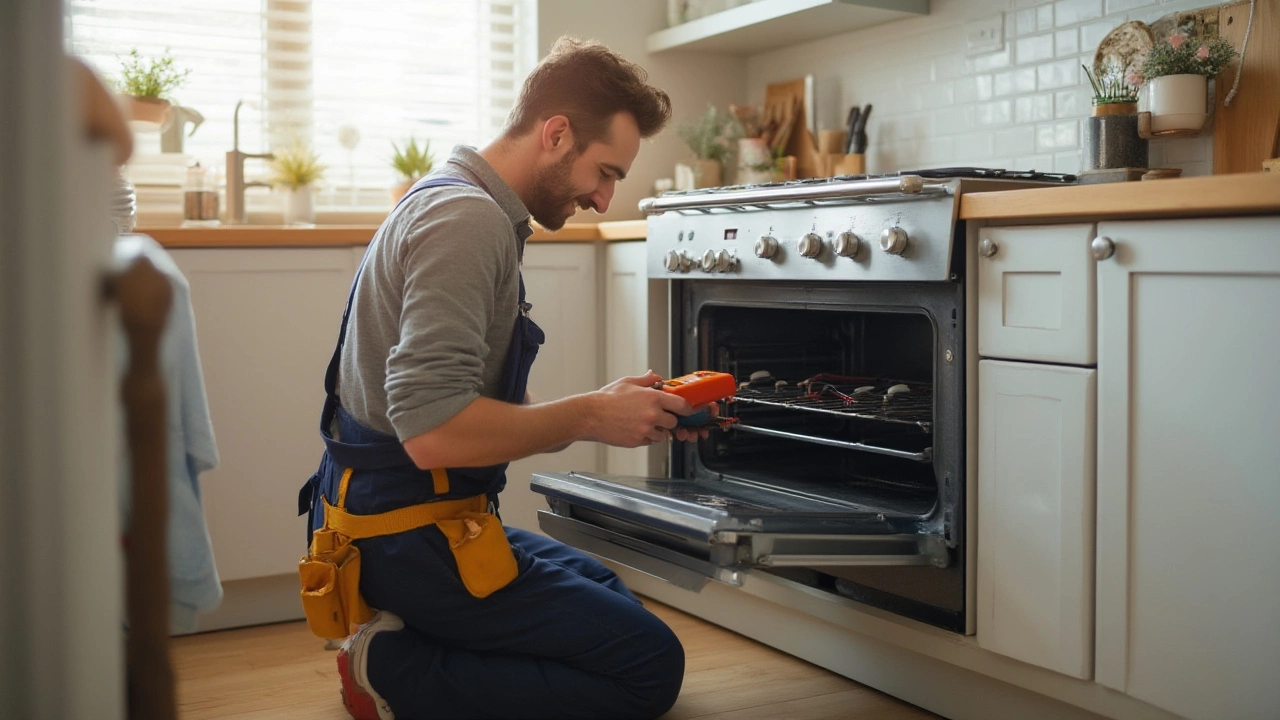
Wondering if an electrician can fix your electric oven? Get the facts, tips, and expert advice you need on diagnosing and repairing broken ovens.

Find out how to tell if your oven’s heating element or thermostat is busted with simple tests, warning signs, and expert tips you can trust.

If your electric oven suddenly stops working, don't panic. This article explores common issues with electric ovens and provides practical tips for troubleshooting and repair. From understanding how different components work to knowing when it's time to call a professional, you'll find the go-to advice you need to get your oven back in working order. Avoid the hassle of guesswork and get straightforward guidance on keeping your kitchen running smoothly. Practical insights on oven maintenance await you.
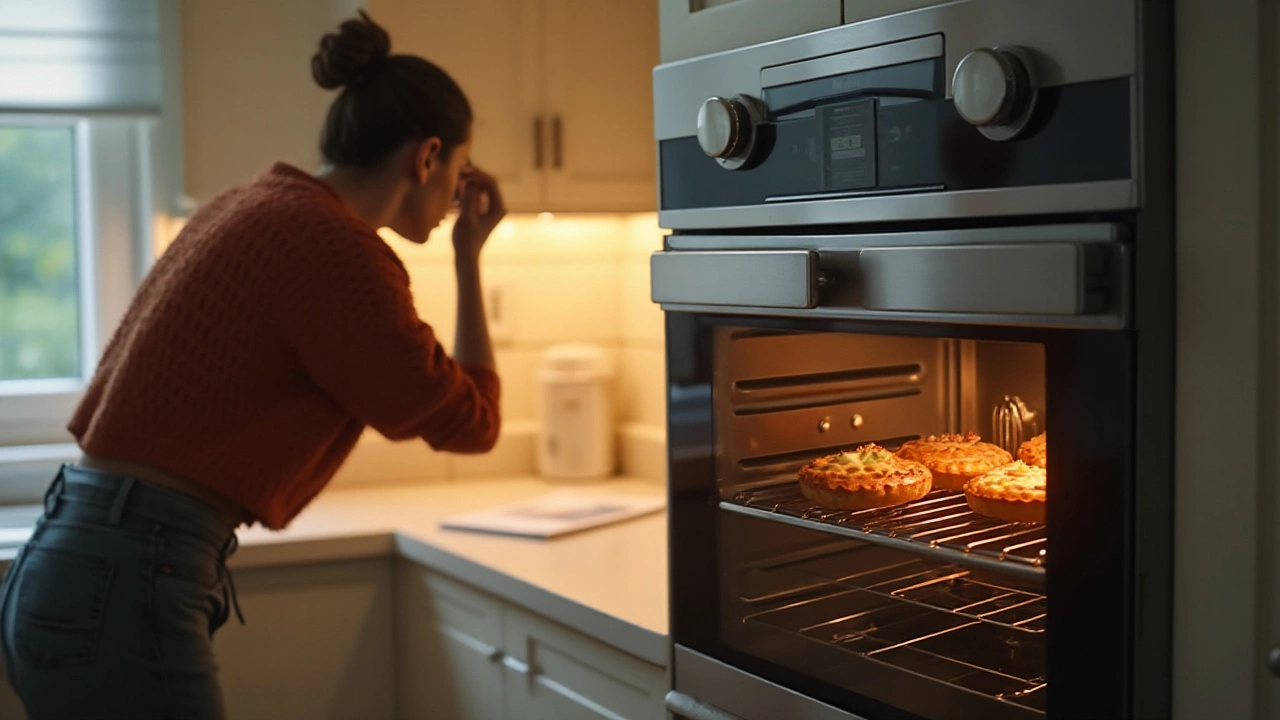
When your electric oven unexpectedly stops working, it can throw your kitchen routine into chaos. Understanding the potential reasons behind this issue can help you fix it quickly. Whether it's a power supply problem, faulty elements, or user error, this guide will walk you through common causes and solutions to get your oven back in working order. Discover useful tips to identify and address troubles with your electric oven efficiently.

An electric oven is a kitchen essential that brings culinary magic to life, but sometimes it can start showing signs of wear and malfunction. If you notice uneven cooking, strange noises, or the oven simply won't heat, these could be indicators of a problem needing repair. Knowing the common signs can help you determine if troubleshooting is possible or if it's time to call a professional. From the thermostat issues to faulty heating elements, this guide provides insights into recognizing and addressing potential oven problems.

Deciding whether to repair or replace your hot water heater can feel overwhelming. This article explores practical considerations, including the age of the unit, repair costs, and long-term benefits. By understanding essential factors like energy efficiency and potential savings, homeowners can make informed decisions. Discover useful tips and interesting facts to help you choose the best course of action for your specific situation.
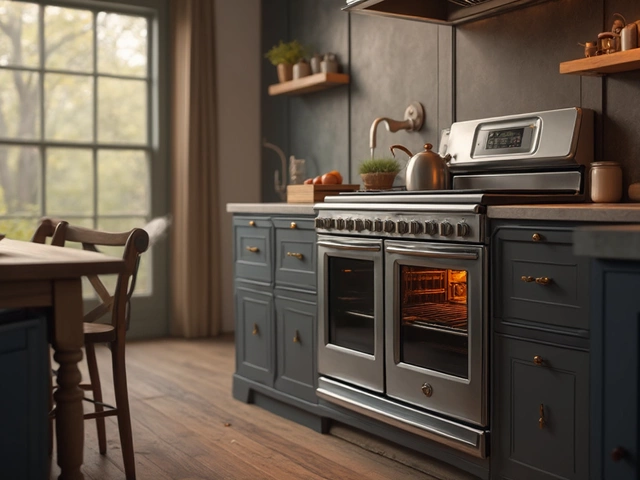
Choosing an oven that stands the test of time goes beyond looks and price. This article delves into which oven brands are celebrated for their durability. We'll explore how build quality, materials, and innovative technologies play a role in longevity. Plus, you’ll get insider tips on maintaining your oven for years to come. Discover how to make a smart choice today that benefits you tomorrow.

Can you replace an electric hob element? Absolutely! This hands-on guide dives into safe, practical steps for swapping out faulty burners and keeping your electric hob in top shape.
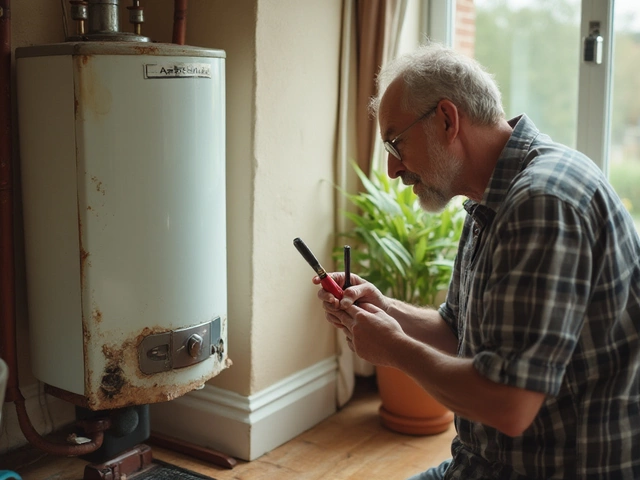
Water heaters are essential in our daily lives, yet they often fail more quickly than expected. Understanding the common causes of these failures can help in preventing them. In this article, we delve into why water heaters often break down prematurely and offer practical tips on extending their lifespan. Regular maintenance and awareness of common issues are key to ensuring your water heater runs efficiently for years.

Stuck with a broken extractor fan and not sure what to do next? This article gives you practical ideas for improving air flow in your kitchen or bathroom when the fan is out of action. Learn about effective ways to keep humidity, smells, and condensation under control using simple tools and habits. Discover the pros and cons of each alternative solution so you can pick what fits your place best. Skip the stress and get the facts on dealing with bad ventilation the easy way.